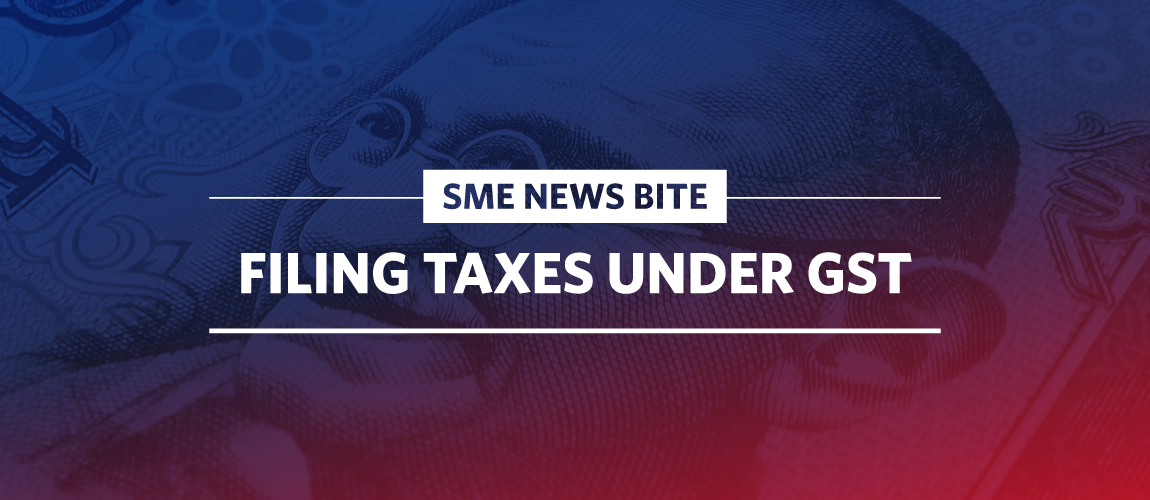The Goods and Services Tax (GST) is all set to roll out by July 01, 2017. The tax system will change drastically after it has come into effect. How will small businesses file taxes under GST? Here is your two-minute guide.
There are multiple forms under GST filing. There is a form for each type of return filing:
Form Type/Number | What To File | Who Should File | Due Date |
GSTR – 1 | Outward Sales | By Suppliers | 10th of next month |
GSTR – 2 | Purchases made | By Recipients | 15th of next month |
| GSTR – 3 | Monthly return of what went out and what came in (supplies) + payable tax amount | By all businesses | 20th of next month |
| GSTR – 4 | Compound GST return | By all businesses | 18th of every quarter |
GSTR – 5 | GST returns | By taxable non-residents | 20th of next month |
GSTR – 6 | GST returns | Input Service Distributor | 16th of next month |
GSTR – 7 | GST returns | TDS deductors | 10th of next month |
GSTR – 8 | Supplies + taxes collected via e-commerce platform | E-commerce operators/ tax collectors | 10th of next month |
| GSTR – 9 | Annual GST returns | By all businesses | 31st Dec of next financial year |
All the forms will be available on the GST Network as soon as it is rolled out.
A small business will need to file returns three times in a month using the GSTR 1, GSTR 2 and the GSTR 3. You can read more about the components of these forms, here.
Has your small business registered yet? If you are already an Instamojo user, you can start your GST migration process with us right here.
If you are registered under VAT and Service Tax, you have to register for GST. If you are a new business, you need to get a new enrollment number.
Have more questions? Visit our GST FAQ Page.
Disclaimer: Information in this article is intended only to provide a general overview and is not intended to be treated as legal advice. Please consult a tax expert to get a better understanding of the GST Laws.
Instamojo makes collecting payments easier. Start your experience today!

